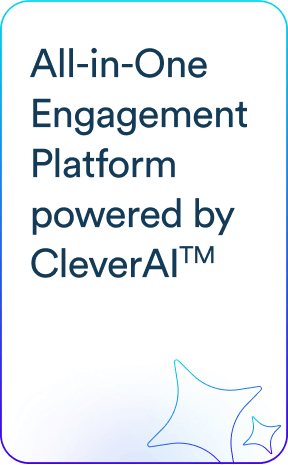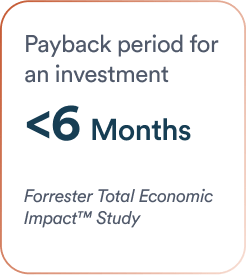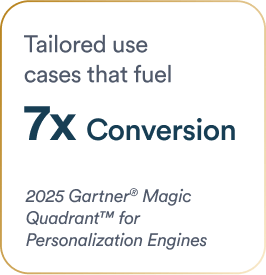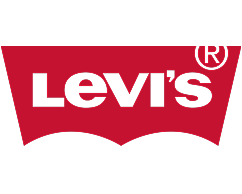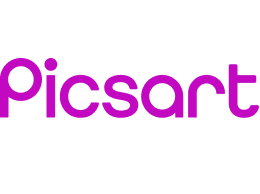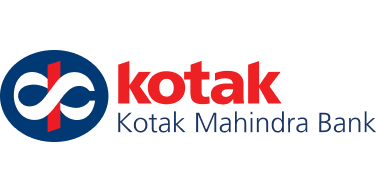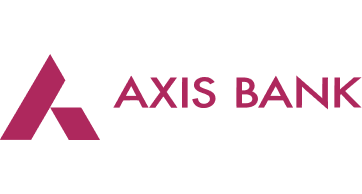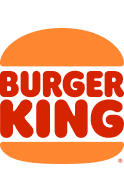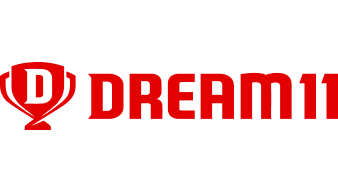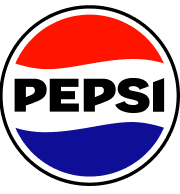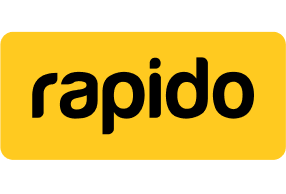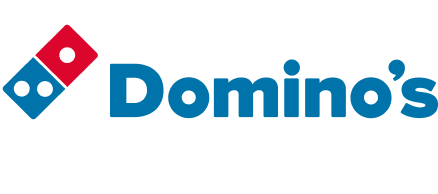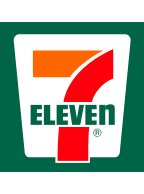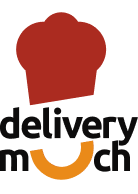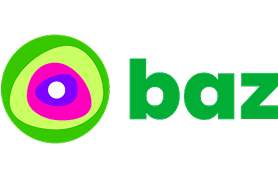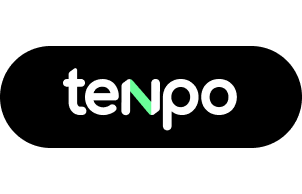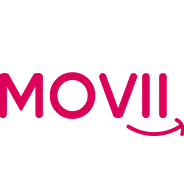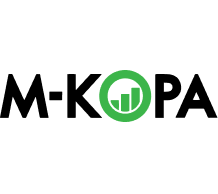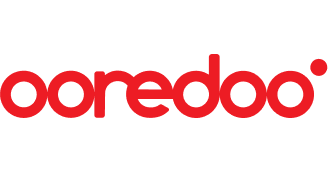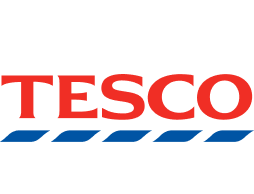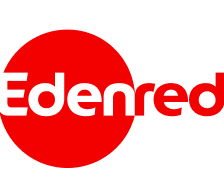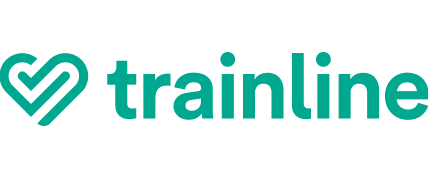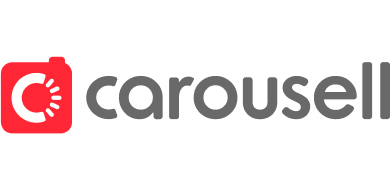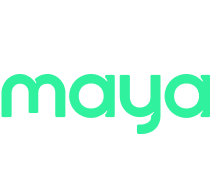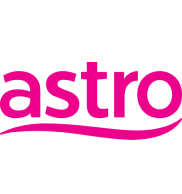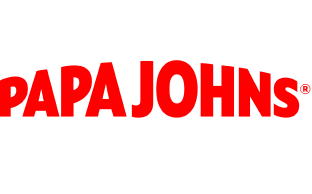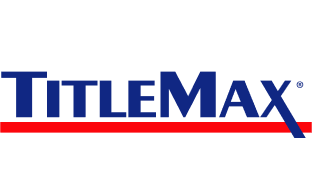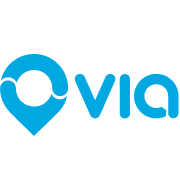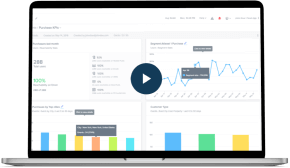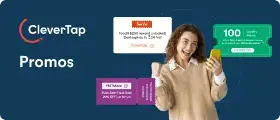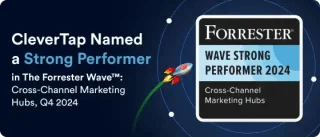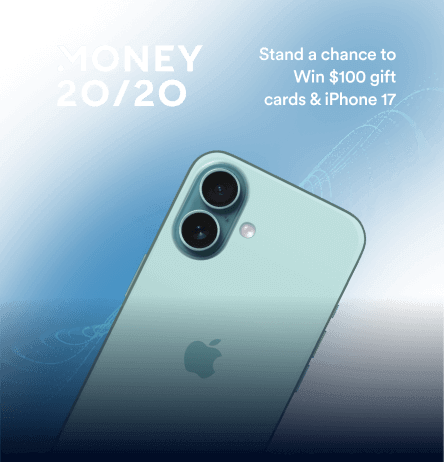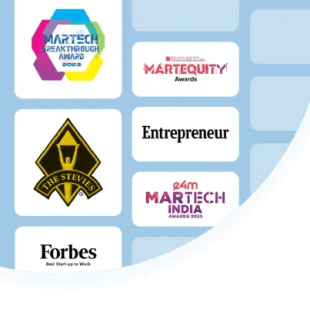Marketers today are stretched thin with numerous channels, numerous campaigns, and a multitude of repetitive tasks. Hitting “send” isn’t the problem; hitting the right person at the right time is. That’s where the different types of marketing automation change the game.
It runs your campaigns on autopilot so your brand stays relevant without burning out your team. The result indicates that every $1 spent on marketing automation yields a return of $5.44.
But here’s the catch: marketing automation isn’t one-size-fits-all. Each type serves a unique purpose depending on your goals, customer journey, and industry. In this article, we’ll look at the 9 types of marketing automation and help you choose the ones that can drive real growth for your brand.
Why You Need to Understand the Different Types of Marketing Automation
The right types of marketing automation enable you to develop an intelligent automation strategy for your specific needs.
- Every business has a unique customer journey. Your customers move through awareness, consideration, purchase, and retention phases in ways specific to your product and industry. A generic, off-the-shelf automation approach may leave gaps.
- Automation applies at many levels. There are tools for automating internal processes, such as managing leads in a CRM, tools for automating customer messaging, and even software for aggregating insights to support strategic decision-making.
- Personalization and relevance drive results. Different types of marketing automation achieve personalization through various methods. Combining these approaches leads to truly individualized marketing at scale.
When you seek marketing automation platforms, you’ll find many options in the market. However, the best choice will depend on the priorities your business values.
9 Major Types of Marketing Automation
Below, we explore 9 key types of marketing automation.
1. Email Marketing Automation
Email marketing automation involves using software to send emails to customers or prospects automatically based on rules or triggers. Instead of manual one-off email blasts, you create predefined email journeys or drip campaigns.

These can be time-based or behavior-based. Email automation tools typically allow for the segmentation of recipients, content personalization, and the scheduling and triggering of emails in response to specific events.
Key benefits of email marketing automation include:
- Efficiency: Save countless hours by replacing manual sends with automated workflows.
- Consistency: Ensure every user gets relevant emails (no one slips through the cracks. New signups always get welcomes, lapsed users always get win-backs, etc.
- Personalization: Emails can be tailored based on user data and actions, which increases response rates.
- Conversion and Retention: Well-timed automated emails guide customers through the funnel, from converting prospects into buyers to turning one-time buyers into repeat purchasers through ongoing engagement.
There are various use cases where email marketing automation is relevant. Check out these examples below:
How CleverTap Helps:
CleverTap enables you to configure behavior-triggered email journeys for recipients using a visual journey builder. With this, you can set up a series of onboarding emails or re-engagement emails that are sent based on user actions.
CleverTap’s segmentation engine enables you to target emails based on user properties and predictive segments, such as likelihood to churn or high customer lifetime value. Emails can be personalized with templates and merge fields, and you can A/B test different subject lines or content variants to optimize performance.
Crucially, CleverTap sends emails in real time in response to events. If a user performs an action in your app or on your website, you can send them a relevant email within seconds. This real-time, event-driven approach can dramatically increase engagement.
When Apna, a professional networking platform, implemented email on CleverTap, it experienced a 30x YoY growth in user engagement. Read the full story.

2. Mobile and In-App Messaging Automation
These types of marketing automation focuses on messaging users on their mobile devices and within mobile apps. It includes push notifications and in-app messages.
Mobile and in-app automation allows you to send these messages automatically based on user behavior or predefined schedules. For example, you can automate a push notification to be sent every morning with a daily update, or trigger an in-app tip banner when a user navigates to a specific section of the app.
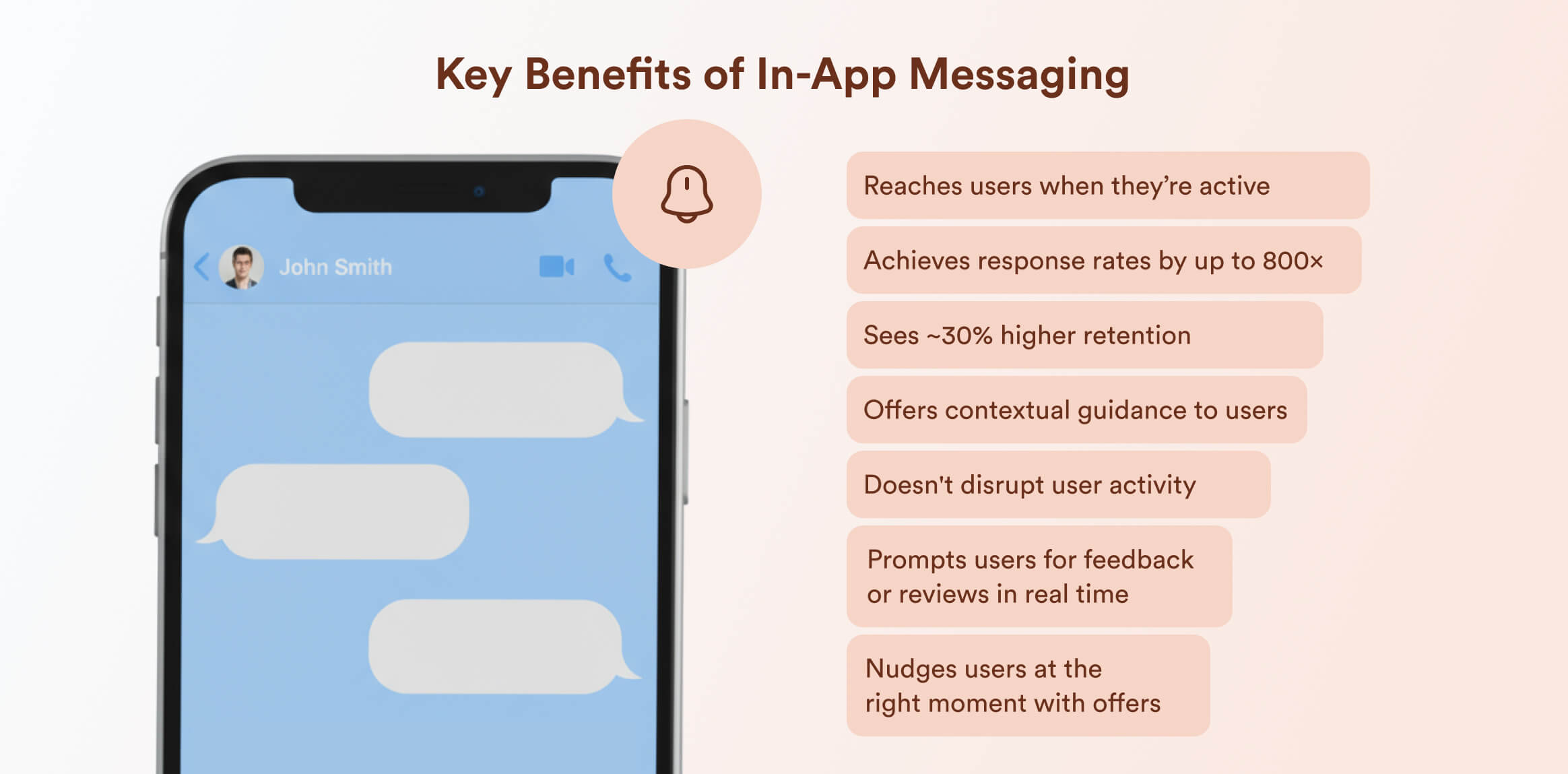
The automation aspect means these messages are personalized and delivered at scale without manual sending, often via segmentation and event triggers.
Below are the key benefits of mobile and in-app messaging automation.
- Real-Time Engagement: Push notifications allow you to reach users instantly, drawing them back into the app with timely updates, reminders, or alerts.
- Personalized User Experience: Since these messages are directly tied to user actions, they feel highly relevant.
- Activation and Onboarding: In-app tutorials, tooltips, and prompts can be automated to help onboard new users or nudge them to discover key features. This improves activation rates and reduces drop-off, essentially acting as an automated guide inside the app.
- Retention and Habit Formation: Regular push notifications bring users back and keep your app top-of-mind.
These types of marketing automation is helpful for in-app welcome messages, geo-triggered notifications, and behavior-triggered in-app prompts.
How CleverTap Helps:
With CleverTap, you can create triggered push notification campaigns that respond to user actions in seconds.
The platform supports rich push (images, emojis, etc.) and allows A/B testing of push content to optimize open rates. CleverTap lets you schedule recurring pushes or set up geo-fenced pushes easily.
CleverTap combines channels in omnichannel journeys. For mobile-centric campaigns, you might start with a push notification, then follow up with an in-app message when the user next opens the app, etc., all designed in one workflow. The platform’s Journey Builder supports conditions and delays.
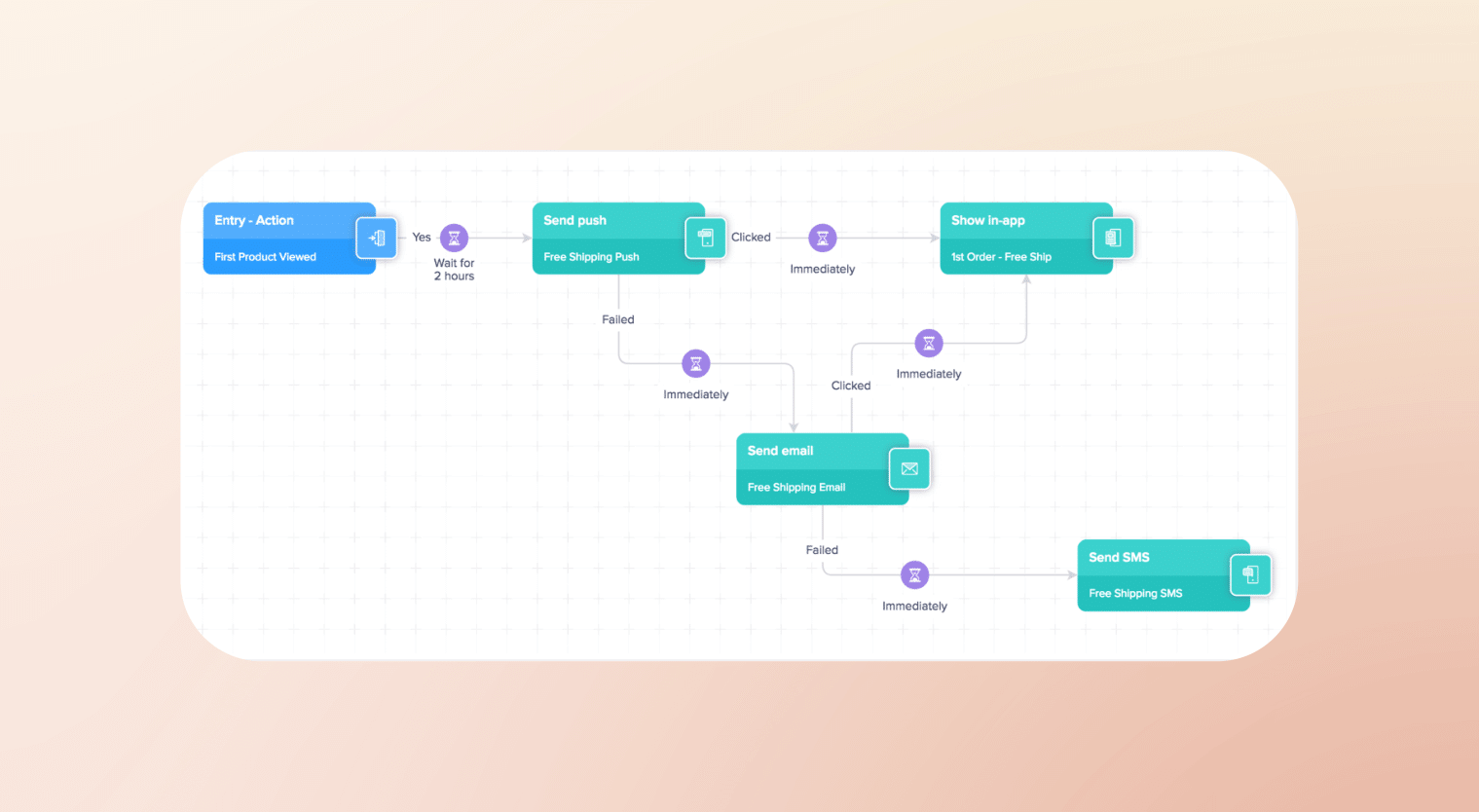
Learn more about omnichannel marketing automation and how you can automate your campaigns across all customer touchpoints.
3. SMS and WhatsApp Automation
This category covers the automation of text messaging campaigns, including traditional SMS and messaging apps such as WhatsApp. These messages can be one-way or two-way. SMS and WhatsApp automation often integrates with your CRM or marketing platform, allowing messages to be personalized and targeted.
For example, you can automatically send an SMS order confirmation when a purchase is made, or schedule a WhatsApp promo to be sent to a specific segment on Friday at noon.
Key benefits of SMS and WhatsApp automation include:
- Open Rates and Immediacy: Text messages are read almost instantly. SMS open rates are around 98%, with 90% of texts read within 3 minutes. WhatsApp messages also hold a 98% open rate, making these channels ideal for urgent alerts or time-sensitive offers.
- Transactional Reliability: SMS and WhatsApp are often used reliably through automation to send critical transaction messages, such as bank OTPs, 24/7.
- Personalization and Context: With automation, SMS/WA messages can be personalized with the user’s name, order details, and more, and can even be segmented.
How CleverTap Helps:
CleverTap offers integrated SMS and WhatsApp automation as part of its omnichannel platform. It connects with SMS service providers to send text messages to your users. Through the CleverTap dashboard, you can create SMS campaigns much like email or push. You can also set up SMS as part of a journey; for example, if app push fails or is unavailable, the flow can automatically send an SMS fallback.
CleverTap has a native integration with the WhatsApp Business API. This means you can create WhatsApp message campaigns and automations directly in CleverTap once your WhatsApp Business account is set up. You get the necessary tools (consent and opt-out) to stay compliant with regulations and platform policies automatically.
In messaging, CleverTap platform users utilize a real-time journey optimizer across these channels to deliver the best output.
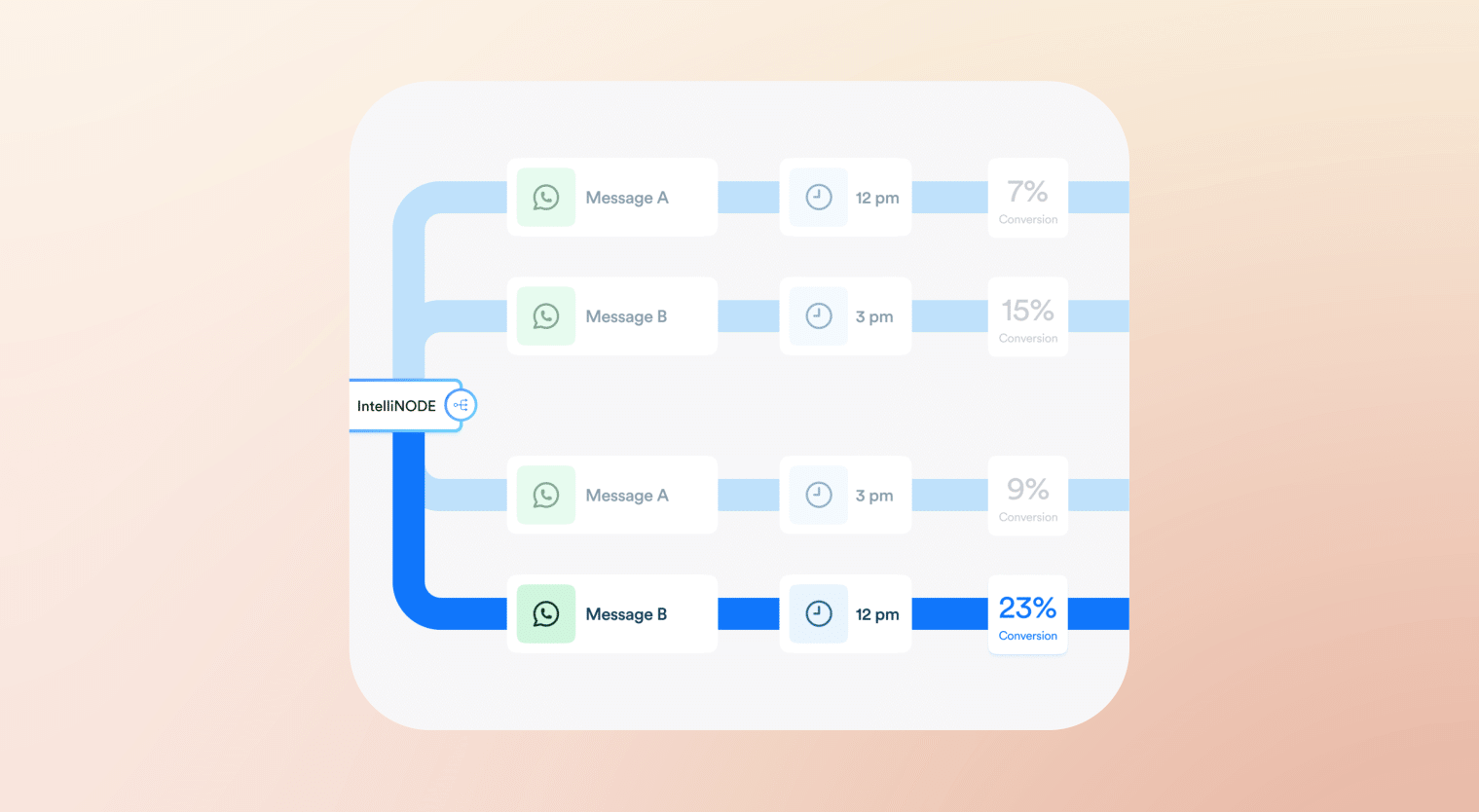
Discover a list of WhatsApp marketing automation tools and learn why CleverTap is the best platform for your needs.
4. CRM and Lead Nurturing Automation
CRM and lead nurturing automation streamline the tasks that a sales rep or marketer might perform for each lead, such as qualification, sending resources, and checking in periodically, and automate these processes at scale.
CRM automation tools ensure no lead is neglected and that communication is tailored to their level of interest. This is particularly vital in B2B marketing or any business with a longer consideration cycle and a defined sales pipeline.
The key benefits include:
- Consistent Lead Touchpoints: Nearly 80% of marketing leads fail to convert to sales without proper nurturing. Automation addresses this by consistently engaging leads over time.
- Faster Response and Follow-up: When a new lead takes an action, automation responds immediately. Responding within minutes can significantly improve contact rates.
- Qualification at Scale: Lead scoring models, often part of CRM automation, evaluate leads based on profile and engagement. This helps sales focus on the most promising leads first.
- Sales and Marketing Alignment: CRM automation often serves as a bridge between marketing and sales teams. With defined rules for when a lead is handed to sales, and automatically doing so, it enforces a common funnel.
How CleverTap Helps:
While CleverTap is often recognized for its B2C mobile app engagement, it also offers capabilities that can be leveraged for lead nurturing and CRM-like automation.
CleverTap tracks user events on your website or app. This data can be used to trigger lead nurturing campaigns. It allows you to store properties for each user, and CleverTap’s segmentation engine enables you to filter users by these properties and their behavior. While CleverTap may not assign tasks in a CRM, it can certainly notify systems or individuals when a user becomes qualified.
Many companies using CleverTap for product engagement still use a CRM like Salesforce for managing leads/opps. CleverTap integrates seamlessly with popular CRM platforms.
5. Customer Journey Automation
Customer journey automation, also known as lifecycle marketing automation, refers to orchestrating multi-touch, omnichannel campaigns that guide customers through each stage of their lifecycle.
Unlike single-channel or single-step campaigns, journey automation involves creating an end-to-end flow of communications and experiences that adapt to user behavior across multiple channels. This often uses a visual journey builder where you map out various states and set triggers or rules for moving between them, with corresponding messages at each point.
Key benefits of customer journey automation include:
- Seamless Omnichannel Experience: Customers don’t think in terms of marketing channels; they just experience your brand. Journey automation ensures that whether they are on email, mobile app, or website, they get a consistent and contextually relevant experience.
- Multi-Step Campaign Orchestration: Many marketing goals require a sequence of touches. Journey automation handles this sequencing with logic.
- Lifecycle Stage Optimization: You can pinpoint where users drop off and insert automated campaigns to fix those gaps.
- Cross-Selling and Upselling: Lifecycle automation isn’t only about preventing churn; it’s also about growth from existing customers. You can set up automated journeys for upsells after three months, if usage is high, or for cross-sells.
How CleverTap Helps:
CleverTap is built around the concept of journey orchestration, making it straightforward to implement complex lifecycle marketing strategies.
It provides a visual journey builder interface where you can drag and drop to create multi-step flows with branching logic. The real-time triggers in journeys help you react immediately to events.
Within a single journey, you can coordinate all channels, including email, push, WhatsApp, SMS, and more. CleverTap has introduced AI-powered features with CleverAI that can optimize journeys. It lets you experiment with different sequences or message timings to see which produces better retention, and then let the AI choose the best.
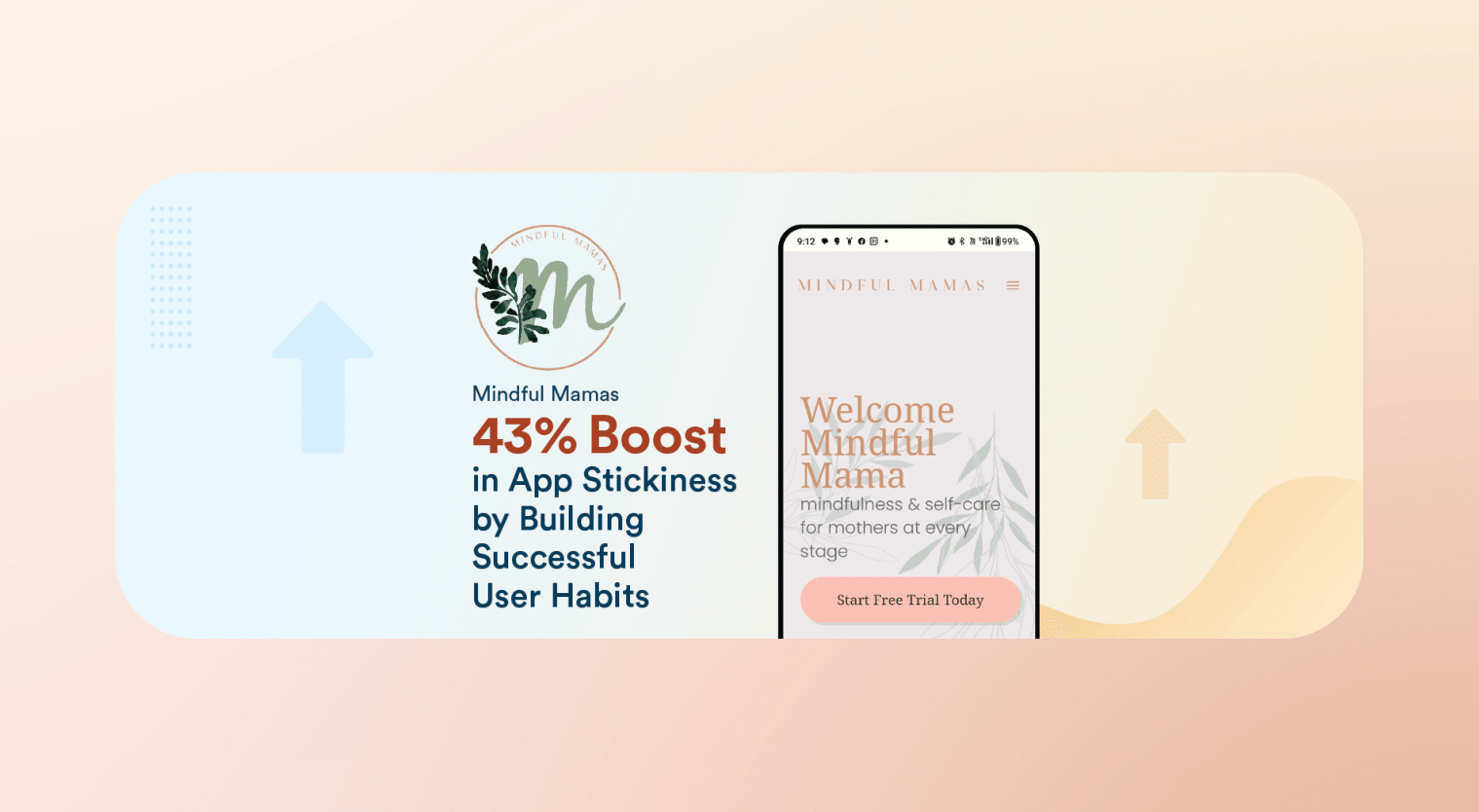
6. Behavioral Trigger Automation
Behavioral trigger automation refers to the automatic sending of messages or initiation of marketing actions based on specific customer behaviors or events.
When the condition is met, the system instantly executes the associated message or workflow. The user’s behavior drives the timing and content of the outreach, making it highly relevant.
Behavioral triggers are a fundamental part of personalized marketing. They let you engage users moment-to-moment based on what they’re actually doing (or not doing). This approach significantly improves relevance and timeliness, leading to a better customer experience.
Below are some key benefits of behavioral trigger automation.
- Personalized Content at Scale: Behavioral triggers enable you to personalize not just the content, but also the occasion of messaging.
- Micro-Targeting and Segmentation Without Manual Effort: Traditional segmentation often requires manually creating lists and then targeting them with campaigns. With triggers, you set up the rule once, and it will always catch users in that scenario and send them a message.
- Operational Efficiency: Marketers set up triggers once, and then they run indefinitely, which is efficient.
How CleverTap Helps:
CleverTap allows setting up event-triggered campaigns where you specify the event that will cause a message to be sent.
You can refine triggers with conditions. CleverTap’s Journeys or Campaigns allow filters such as “Wait for X time to see if event Y happens,” if not, then send. The time windows and condition triggers are configurable.
One concern with triggers is avoiding over-communication if a user performs a flurry of actions. CleverTap provides frequency capping and controls to prevent spamming. These safeguards ensure that if a user, for example, views 10 products, they don’t receive 10 emails.
All of it results in micro-personalized engagements that run 24/7, without spamming people.
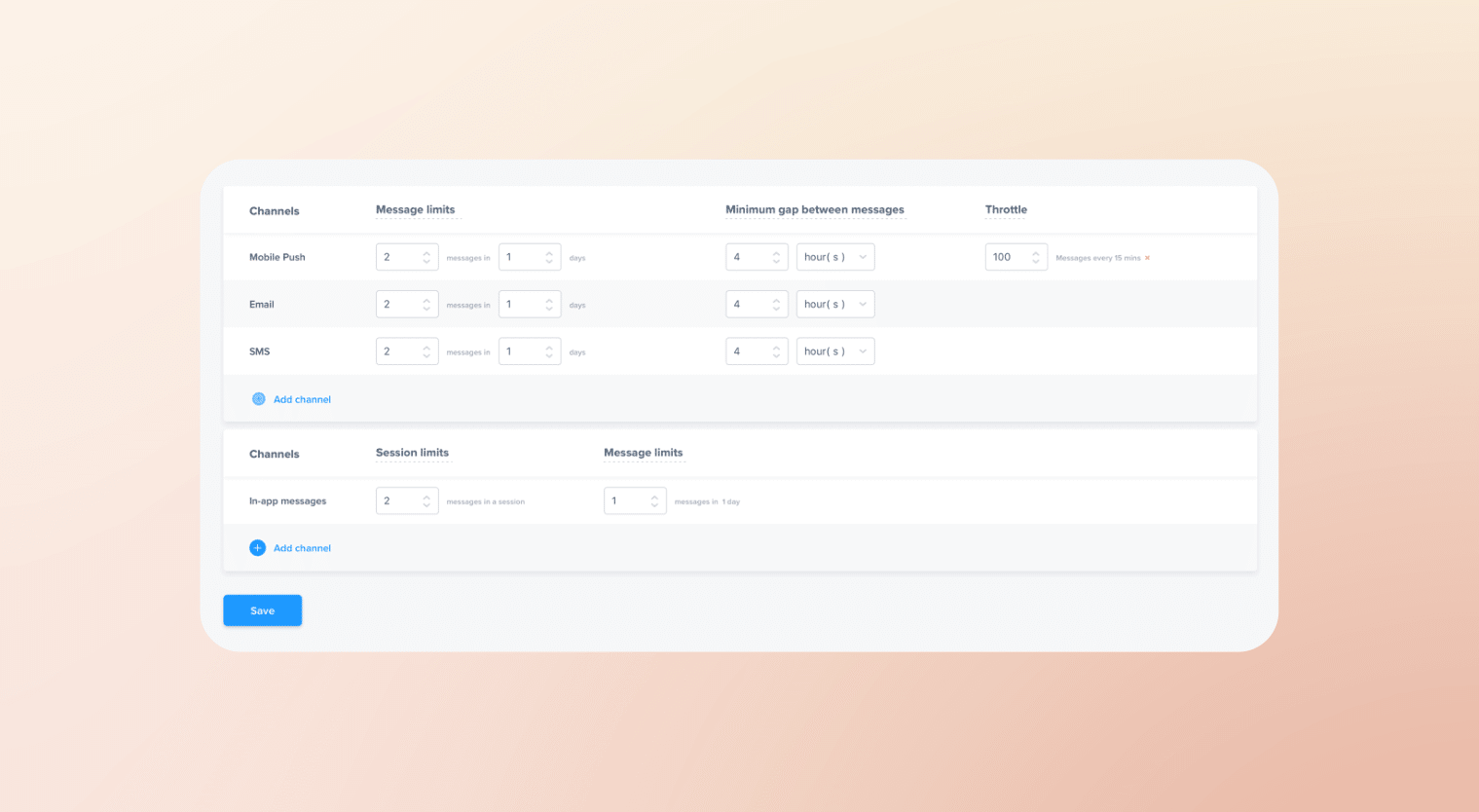
7. Segmentation-Based Automation
Segmentation-based automation delivers tailored campaigns to each segment automatically. Essentially, you define segments of your audience based on demographics, behaviors, lifecycle stage, Recency-Frequency-Monetary (RFM) scores, etc.
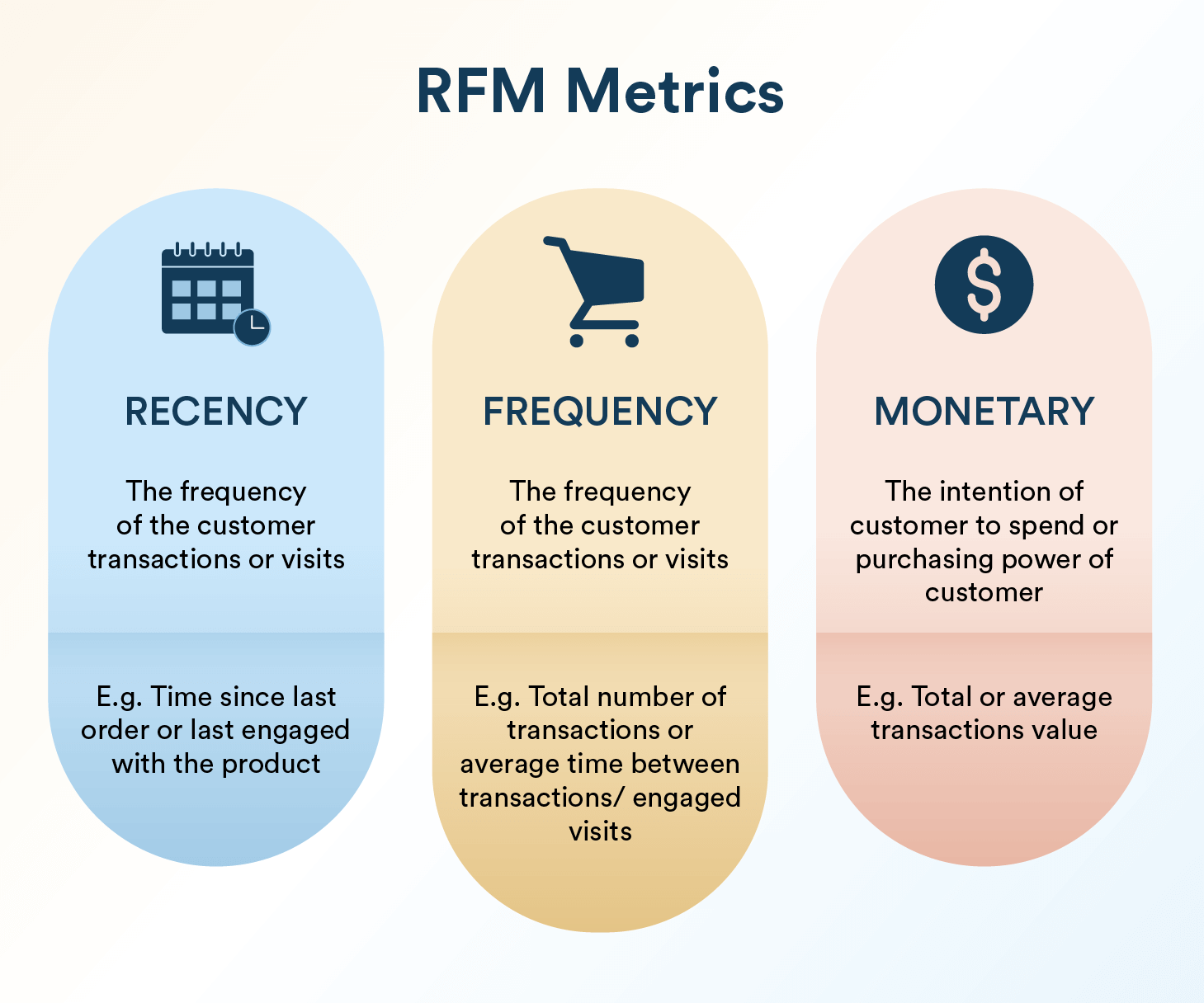
Unlike one-to-one triggers, this is more one-to-many, but many tailored groups. It’s about differentiation. Not all customers are the same, so you automate different messaging or experiences for different cohorts.
It’s advisable to select an automation platform that updates segment membership in real-time. This enables precision targeting and personalization at scale.
Here are some of the key benefits of segment-based automation:
- Higher Engagement and Conversions: Campaigns sent to a well-chosen segment perform significantly better than generic campaigns. According to DemandGen, segmented campaigns achieved 14.31% higher open rates and received 101% more clicks than non-segmented campaigns.
- Ability to Automate Complex Programs: Automation moves users between segments based on criteria and triggers appropriate messaging at each tier. This systematizes lifecycle management, ensuring that as soon as a user qualifies for a specific treatment, they get it.
How CleverTap Helps:
CleverTap offers robust features for segmentation and targeting. You can create segments in CleverTap based on virtually any combination of properties and behaviors. These segments update continuously as users meet or cease to meet the criteria.
You can attach campaigns to these live segments, so that whenever they run, they automatically target the right people.
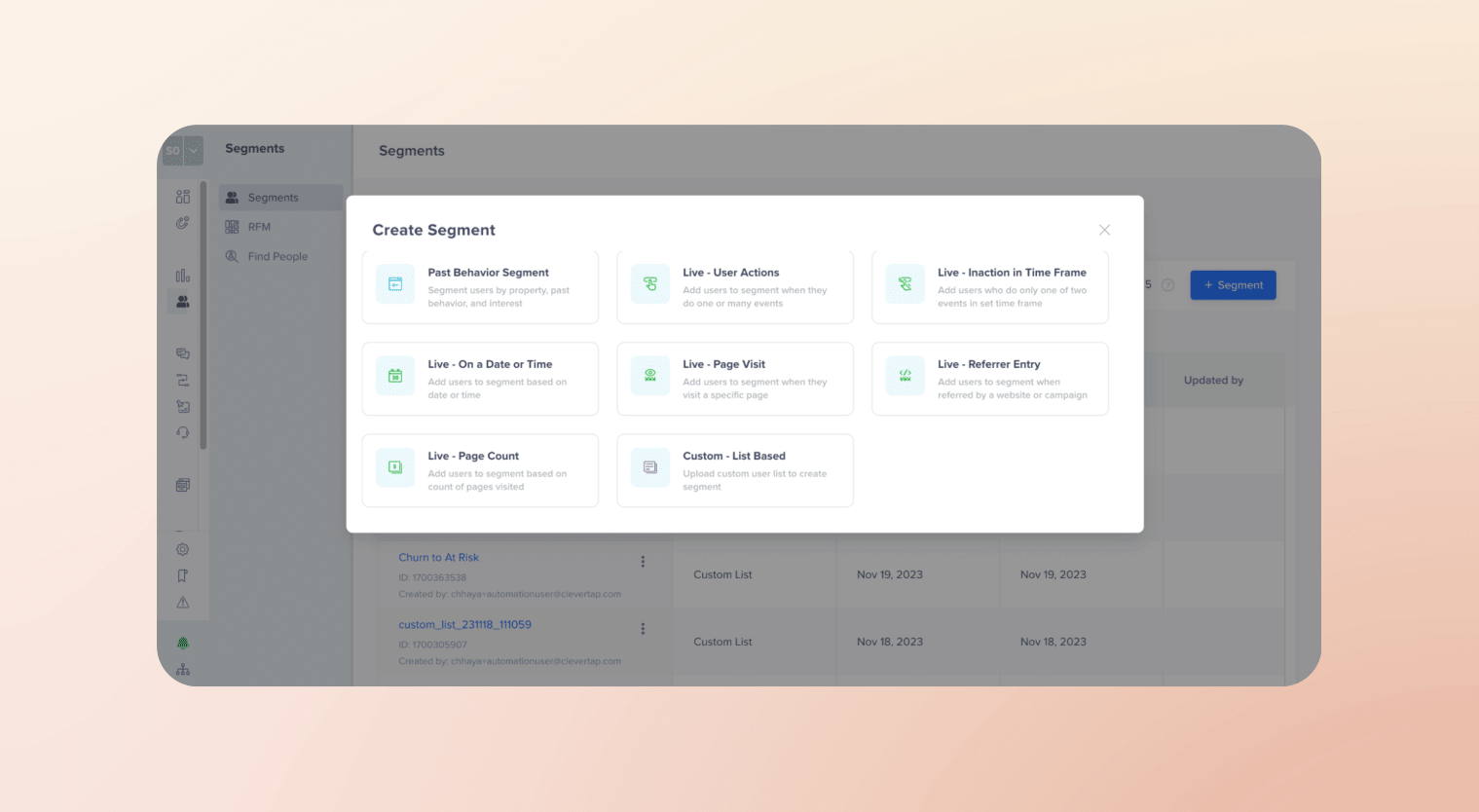
CleverTap features built-in RFM analysis tools and predictive segments powered by AI. You can use these directly as segments to target. Within the Journey builder or Campaign setup, you can specify a target segment for each path or message.
Moreover, CleverTap’s analytics suggest segments. With one click, you can create a segment from an analytic query. This is handy to discover segments you might not have predefined.
8. AI-Driven Predictive Automation
AI-driven predictive automation uses machine learning algorithms within your marketing automation to anticipate user behaviors and trigger campaigns. The system doesn’t just react to what users have done or group them statically; it actually predicts future events.
Predictive automation is moving from reactive rules to proactive, data-driven decisions. It often works in tandem with the other types. It delivers better outcomes through intelligent decision-making at scale.
Below are some key features of AI-driven predictive automation.
- Personalization at a Deeper Level: AI factors in hundreds of data points about a user to personalize beyond simple segments.
- Optimized tTming and Frequency: AI-driven send-time optimization analyzes when each user is most active or likely to open based on past behavior.
- Increased campaign Performance Through Experimentation: AI helps optimize content and journeys through automated experimentation. Instead of a marketer manually trying variant A vs. B, the AI can continuously try many options and converge on the best one.
How CleverTap Helps:
CleverTap has integrated AI and ML capabilities, making predictive automation accessible. It offers out-of-the-box churn probability scoring, conversion likelihood, and predicted LTV for users, computed using its ML on engagement data.
With CleverTap’s intelliNode, you can experiment with multiple journey paths simultaneously and let the system auto-optimize. The platform also plans to roll out CleverAI, an agentic AI system comprising multiple AI agents that work in parallel to achieve objectives.
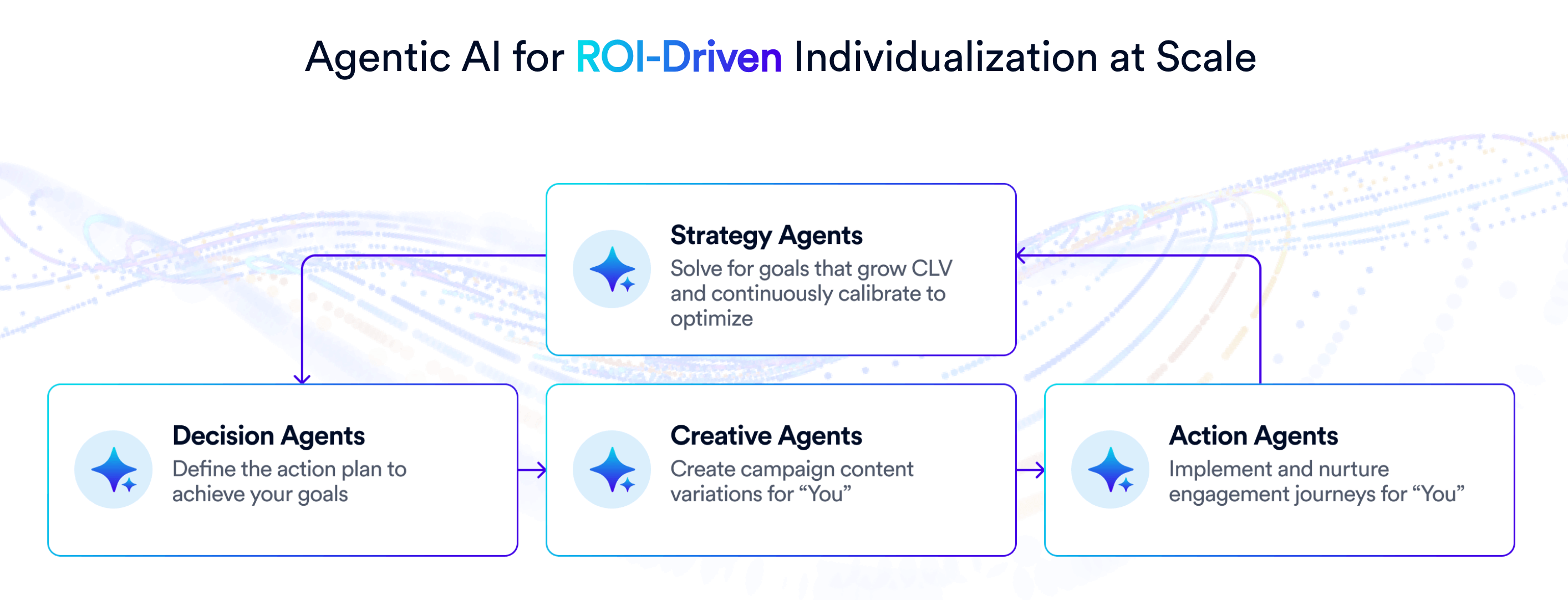
9. Transactional Automation
Transactional automation sends system-triggered, one-to-one messages for critical transactions or events. These types of marketing automation are messages that are transactional by nature, containing information a user needs or expects. For example, account alerts or bank OTPs.
They are usually triggered instantly by that action/event and delivered via email, SMS, push, or other direct channels. Their primary benefits are to maintain high UX and trust for customers, ensuring both satisfaction and security simultaneously.
How CleverTap Helps:
You can integrate CleverTap with your backend so that whenever a transactional event occurs, you call CleverTap’s API to trigger the message send. Within CleverTap, marketers (or developers) can create template messages for each transactional scenario, with placeholders for dynamic fields such as order ID, amount, user name, etc.
CleverTap ensures high deliverability for transactional emails, which may be routed through a different IP pool.
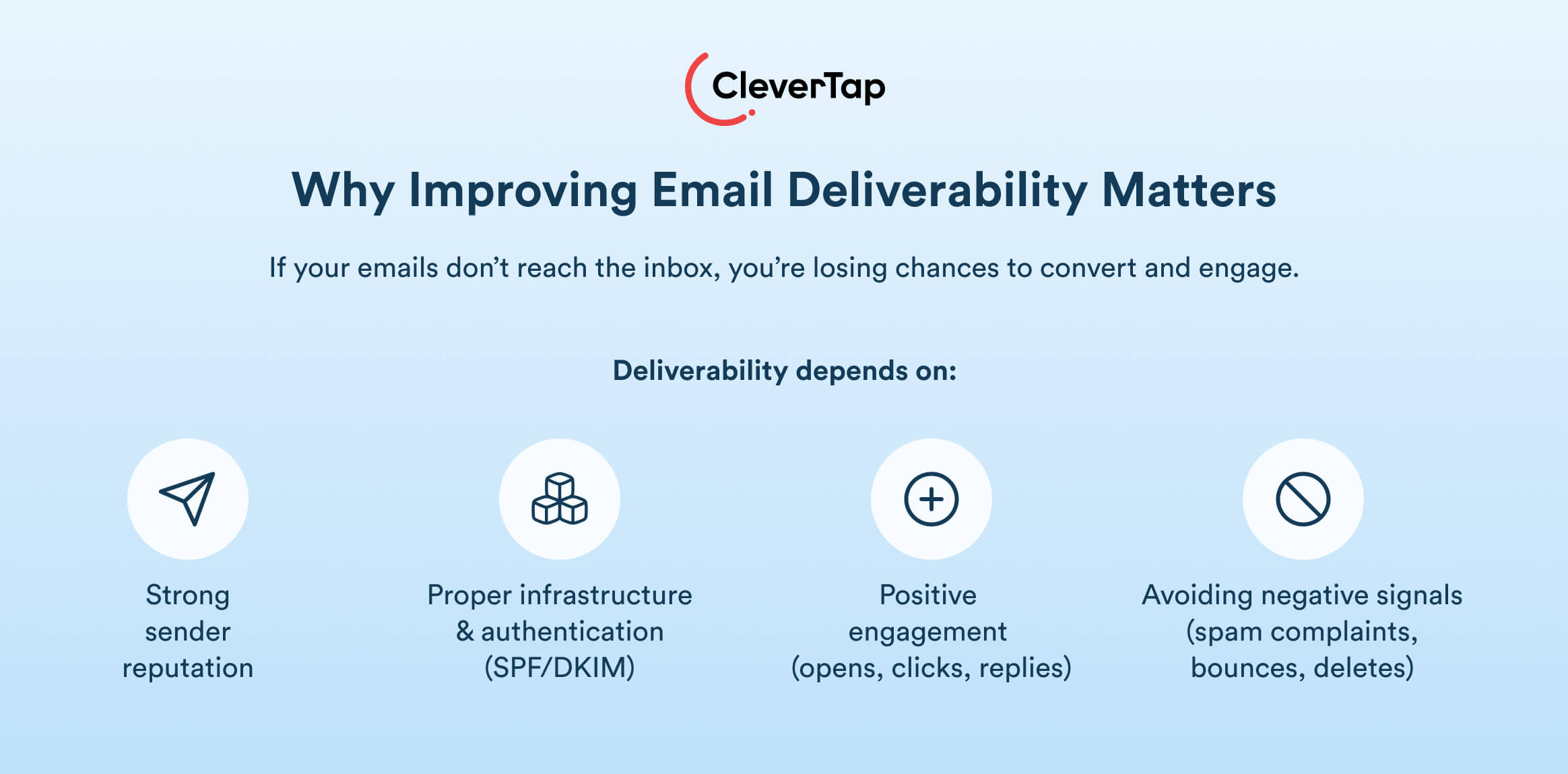
How to Choose The Correct Types of Marketing Automation For Your Brand
Choosing the right types of marketing automation depends on your goals, customer journey, and available resources. Not every brand needs every type at once. Focus on what delivers the most significant impact first.
1. Map the Types of Marketing Automation to Lifecycle Stages
Identify automation opportunities across your funnel, from awareness to retention.
- Top-of-Funnel: Use email and lead nurturing automation to educate new leads.
- Onboarding: Deploy journey automation and behavioral triggers to guide first actions.
- Engagement: Leverage mobile messaging and segmentation for personalized re-engagement.
- Retention: Utilize AI predictive automation to identify potential churn and trigger targeted offers.
- Monetization: Combine segmentation and transactional automation for upsells and loyalty campaigns.
2. Match Industry Needs
Each industry leans on different channels, but not limited to these:
- E-Commerce: Email, SMS, and push for omnichannel reach.
- B2B SaaS: Email and CRM automation for nurturing.
- Fintech: Transactional and WhatsApp automation for trust.
- Media or Gaming: In-app messaging for engagement.
Select the channels that best align with your brand and its target audience. The choice would vary for every brand, irrespective of the sector.
3. Align with Team Size and Maturity
If you’re a small team, a unified platform like CleverTap will help you manage all channels together. As you grow into the mid-market or enterprise segment, you can integrate advanced AI and multi-channel orchestration with CRM/CDP data.
4. Prepare Data and Content
Automation runs on quality inputs. Track user behavior, unify customer data, and plan message templates early to ensure you get the advantages of different types of marketing automation in the way you expect them.
Try CleverTap. Get a free demo to see different marketing automation in action, all from a single platform.
Enabling All Types of Marketing Automation in One Platform
CleverTap unifies the different types of marketing automation across email, SMS, push, in-app messaging, segmentation, and AI into one integrated platform. Instead of juggling multiple tools, brands orchestrate all customer journeys, from onboarding to retention, in a single, unified platform.
It delivers omnichannel journeys, real-time segmentation, AI optimizations, unified campaign delivery with required insights and analytics. The consolidated data let brands scale personalization without complexity, delivering faster execution and higher measurable ROI.
Subharun Mukherjee 
Heads Cross-Functional Marketing.Expert in SaaS Product Marketing, CX & GTM strategies.
Free Customer Engagement Guides
Join our newsletter for actionable tips and proven strategies to grow your business and engage your customers.

